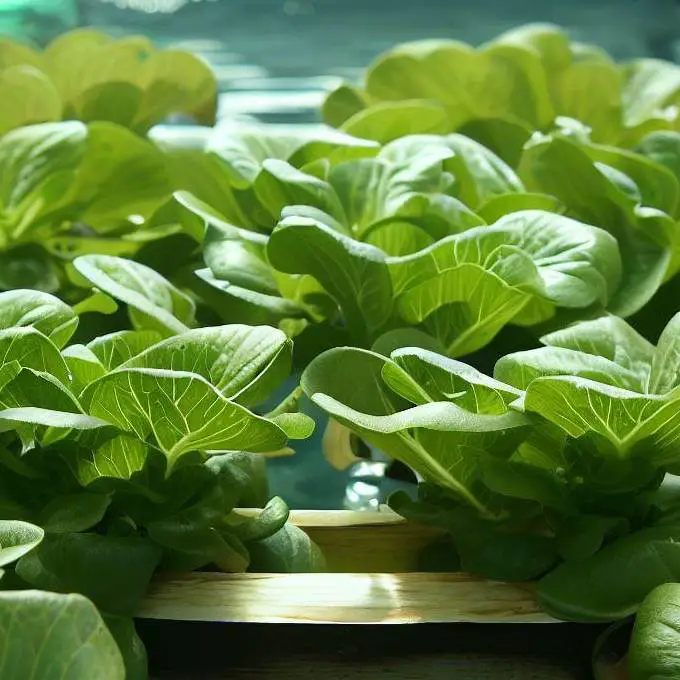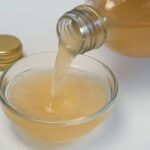Aquaponics is a new way of gardening that combines aquaculture and hydroponics in a way that works well together. Aquaculture is the practice of raising fish or shrimp in water, and hydroponics is the science of growing plants without dirt. In an aquaponics system, the fish waste feeds the plants, and the plants naturally clean the water for the fish. This creates a cycle that is good for both the fish and the plants.
Importance and Benefits of Aquaponics
Aquaponics has changed the farming business in a big way. It is important because it is efficient and sustainable. Compared to traditional gardening, it gives high returns while using less water and space. Aquaponics supports organic farming by getting rid of the need for chemical fertilizers. It also helps the world shift toward food production that is better for the earth.
Overview of Profitability in Aquaponics
Factors Determining Profitability
Numerous factors affect the profitability of an aquaponics system. These factors include crop selection, market demand, growth rate, cost of installation and operation, and the effectiveness of the aquaponics design. The choice of fish species is also important, as some fish are better suited to certain climates and ecosystems than others.
Crop Selection
The selection of crops is an essential factor that has a direct effect on profitability. Like lettuce, basil, and tomatoes, fast-growing, high-yield commodities that command excellent market prices tend to be more profitable. Additionally, the crop must be appropriate for the particular aquaponics system and climate.
Market Demand
Profitability also depends significantly on the market demand for the commodities you produce. Crops in high demand can be sold for higher prices, and they also sell more quickly, reducing the danger of waste.
Growth Conditions
The growing circumstances of your crops can have a considerable influence on their quality and, as a result, their market worth. Ideal growing conditions also result in larger yields and quicker growth rates. Both have a direct impact on profitability.
Operational Efficiency
Efficiency in the management of the aquaponics system is another important factor. This includes efficient use of resources like water and energy, as well as efficient system design that allows for maximum yield in the available space.
Costs
The aquaponics system’s installation and maintenance expenses will affect its profitability. These can include the initial cost of installation, ongoing expenses for things like fish food and electricity, and maintenance fees.
Scale of Operation
The scale of your operation can also influence profitability. Larger operations can often achieve economies of scale that reduce costs and increase profit margins.
Fish Selection
The choice of species also influences profitability. Some fish species are more resilient and simpler to care for, thereby decreasing the possibility of extinction. Some fish, such as tilapia, develop rapidly and can be sold to generate additional income.
Value-Added Products
Profitability can be further increased by creating value-added products. For instance, basil can be sold fresh, or it can be turned into pesto sauce and sold at a higher price.
Knowledge and Skills
The knowledge and abilities of the individual managing the aquaponics operation can have a significant impact on its profitability. Understanding how to maintain optimal conditions for plant and fish growth, rectify issues, and market and sell products successfully is essential for success.
Understanding these factors will assist you in designing and operating a profitable aquaponics operation.
Key Profit-Driven Strategies in Aquaponics
Profitability in aquaponics isn’t accidental but results from strategic planning and management. Some key strategies include focusing on high-value crops, optimizing operational efficiency, conducting thorough market research, and targeting the right consumers.
- High-Value Crops: Concentrate on cultivating commodities with high market value. Herbs such as basil and mint, verdant greens such as lettuce and kale, and fruit-bearing plants such as tomatoes and strawberries typically command high market prices.
- Optimize System Efficiency: Designing an aquaponics system with greater efficiency can result in higher yields, quicker growth rates, and reduced operational costs. This involves optimizing water circulation, nutrient distribution, illumination, and temperature.
- Market Research: Understanding the demand in the local market is crucial. Cultivate commodities that are in high demand and can be sold swiftly in order to reduce waste and increase profitability.
- Value-added Products: Consider creating products with added value to increase profits. For example, basil can become pesto, and tomatoes can become sauce. These items can frequently be sold for higher prices than fresh produce.
- Diversify Your Offerings: Diversification can help spread risk and open up new revenue streams. This could include growing a variety of crops or raising different types of fish.
- Economies of Scale: If possible, expand your operations. Larger operations frequently have lower unit costs, which can result in greater profit margins.
- Sustainable Practices: Adopting sustainable practices can result in long-term cost savings. This includes water and energy conservation, as well as organic cultivation and waste reduction.
- Quality over Quantity: Concentrate on the quality of your goods. Produce of superior quality can frequently command a premium price on the market.
- Direct to Consumer Sales: Consider selling directly to consumers, which is often more profitable than selling to intermediaries such as wholesalers. This may involve selling at farmers markets, via community-supported agriculture (CSA) programs, or online.
- Education and Training: Continuous learning and skill development can help you optimize and maintain a profitable aquaponics operation. Maintain currency with the most recent techniques, technologies, and market trends.
By adopting these strategies, you can maximize the profitability of your aquaponics operation.
Most Profitable Aquaponics Crops for Sustainable Farming
Leafy Green Vegetables
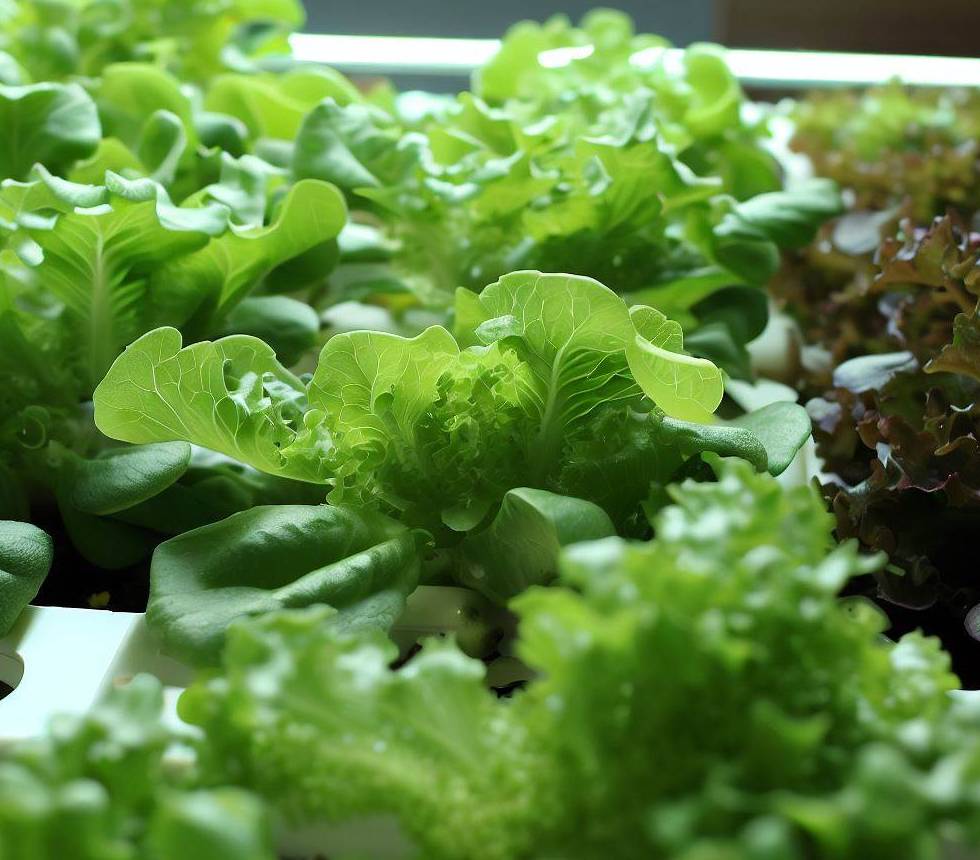
Leafy green vegetables thrive in aquaponics systems. They grow quickly, require less space, and are in high demand in the marketplace, making them ideal for commercial aquaponics.
- Lettuce: Lettuce is a popular choice due to its fast growth rate and high market demand. It is ideal for beginners due to its robustness and adaptability.
- Arugula: Known for its peppery flavor, arugula is a high-value crop used in salads and gourmet dishes.
- Spinach: A nutrient-rich superfood, spinach is a staple in many households and restaurants, ensuring its market demand.
- Kale: Another superfood, kale thrives in cooler temperatures and offers high yields.
- Watercress: This aquatic plant is a high-value crop, popular in upscale markets and restaurants.
- Chinese Cabbage: On the Asian market, Chinese cabbage is a verdant green vegetable that is in high demand. It can be harvested and sold fresh or preserved within weeks.
- Cilantro: Cilantro is in high demand on the culinary market due to its distinctive flavor and aroma. Also a fast-growing plant, cilantro can be harvested and sold fresh or processed into condiments, relishes, and other products within weeks. Additionally, cilantro is an excellent companion plant for other plants because it repels certain parasites and attracts beneficial insects.
Herbs
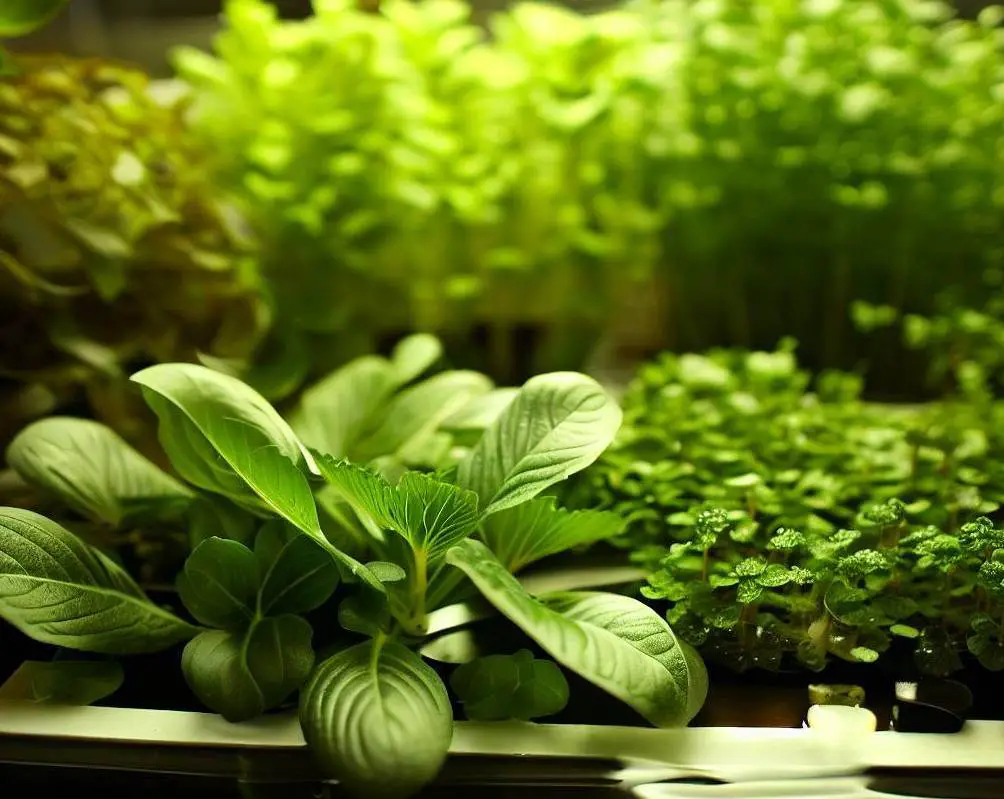
Herbs are another excellent choice for aquaponic systems. They have a relatively high growth rate, are in high demand, and can often fetch a good price in the market.
- Basil: One of the most popular herbs in aquaponics, basil enjoys the nutrient-rich water and can be sold fresh or used in value-added products like pesto.
- Chives: These easy-to-grow herbs have a wide range of culinary uses, enhancing their market value.
- Parsley: This versatile herb grows well in an aquaponic system and holds significant market demand due to its culinary and medicinal properties.
- Lemongrass: Known for its unique flavor and fragrance, lemongrass is widely used in teas and Asian cuisine.
Fruit-Bearing Plants
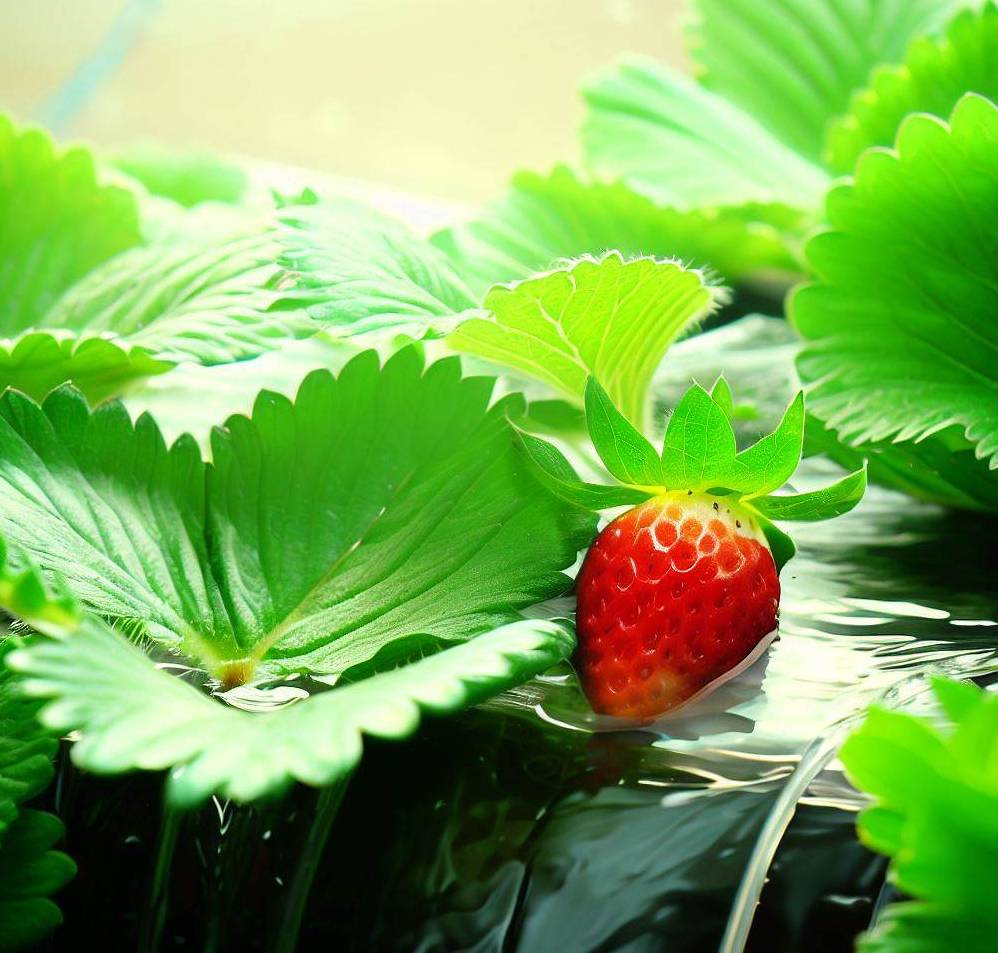
While they require more nutrients and care, fruit-bearing plants can be very profitable due to their high market value.
- Cherry Tomatoes: These are a favorite in aquaponics systems. They grow well and yield a significant number of fruits.
- Strawberries: These fruits are highly sought-after, and their high market value can offset the effort required to grow them.
In conclusion, we create a table that provides a list of crops that are profitable in aquaponics, along with their days to maturity and market demand.
| Crop | Days to Maturity | Market Demand |
| Basil | 30-60 | High |
| Lettuce | 21-60 | High |
| Tomatoes | 60-85 | High |
| Chives | 60-90 | Highly profitable |
| Arugula | 21-40 | High |
| Radish | 25-30 | Highly profitable |
| Parsley | 70-90 | Highly profitable |
| Chinese cabbage | 50-70 | Highly profitable |
| Watercress | 30-40 | Highly profitable |
| Lemongrass | 90-120 | Highly profitable |
| Thyme | 60-90 | Highly profitable |
| Kale | 55-75 | High |
| Cilantro | 50-55 | Highly profitable |
| Strawberries | 60-90 | Highly profitable |
| Cherry tomatoes | 60-85 | Highly profitable |
| Spinach | 40-50 | High |
| Cabbage | 70-90 | Highly profitable |
| Ginseng | 180-210 | Highly profitable |
Basil, lettuce, tomatoes, chives, arugula, radishes, parsley, Chinese cabbage, watercress, lemongrass, thyme, kale, cilantro, strawberries, cherry tomatoes, spinach, cabbage, and ginseng are the most profitable crops for aquaponics, according to our research. These plants have rapid growth, high nutritional value, high demand, a high price point, high yields, adaptability, and low production costs. A crop’s profitability in aquaponics is contingent on a number of variables, including its growth rate, yield, market demand, and market price.
Profit Margins for Aquaponics Crops
Profit margins vary depending on the crops and the scale of the operation. High-value crops, such as basil and cherry tomatoes, can bring substantial profits. Businesses operating on a larger scale can also reduce costs and increase margins through economies of scale.
Maximizing Profitability in Aquaponics
Efficiency and Sustainability
Optimizing efficiency in your aquaponics system is key to maximizing profitability. This involves everything from the design of the system to the choice of fish and crops. Sustainability also plays a significant role in profitability, with practices like water and energy conservation not only benefiting the environment but also reducing operating costs.
Market Research and Targeting
Understanding your market is crucial. Knowing the demand, knowing what crops are popular in your area, and targeting the right consumers can drastically increase your profitability.
Innovative Techniques for Higher Yields
Experimenting with innovative techniques, such as vertical farming and greenhouse growing, can lead to higher yields. Incorporating technological advancements can also boost production and, consequently, profits.
Conclusion
Aquaponics is a promising field with a bright future. Aquaponics will grow more popular as sustainable farming becomes a worldwide issue.
Choosing the right plants for your aquaponics system can have a big effect on how much money you make from it. Growth rate, market demand, and system fit may optimize your return on investment and help maintain our world.
The true value of aquaponics cultivation is not merely its profitability, but also its contribution to a verdant and healthier world.
FAQ
What are the initial expenses of setting up an aquaponics system?
Initial setup expenses can vary significantly based on the scope of the operation, the system’s complexity, and the materials employed. This could range from a few hundred dollars for a tiny, do-it-yourself residential system to tens of thousands of dollars for a large, commercial installation.
Can I also sell the fish produced by my aquaponics system?
Yes, many aquaponics producers rear fish that can be sold for additional income, such as tilapia and trout. Nevertheless, you must consider local regulations governing the sale of farmed fish.
In aquaponics cultivation, what parasites or diseases should I be aware of?
Aquaponics systems are susceptible to parasites such as aphids and diseases such as root rot. However, incidence is frequently lower than in soil-based agriculture. It is essential to routinely monitor the health of your plants and animals in order to detect problems early.

As a dedicated mother and passionate software developer, she weaves her diverse experiences into captivating stories that inspire and engage readers. Emma's love for sustainable living and environmental consciousness permeates both her personal and professional life. When she's not immersed in the world of coding and software development, Emma can be found nurturing her family and tending to her thriving organic garden. Her commitment to sustainable practices extends to every aspect of her life, from repurposing household items to embracing eco-friendly technologies.

